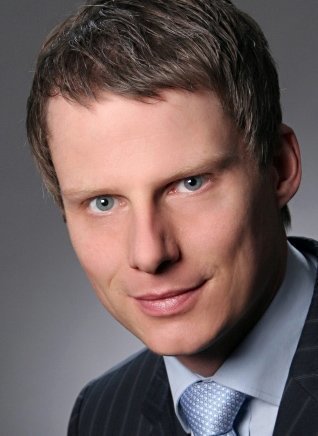Swarovski opts for cloud HR to move function to strategic level
Swarovski’s move to cloud HR system demonstrates its desire to move HR from an operational function to a strategic level
Swarovski Corporation’s decision to use a cloud human resources (HR) system expresses its desire to move HR from an operational function to a strategic level, according to Oliver Kasper, head of HR systems program at the jeweller.
Kasper will tell delegates at HR Tech Europe on 24-25 March how the company made its decision to move from an on-premise system to cloud-based HR technology.
“We wanted to move HR from an operational, administrative level up the value chain to make us more of an HR business partner, more strategic and more efficient in transactional processes, like time tracking, and in master data management. This all helps to enable fact-based decision-making on HR data,” he said.
The project team at Swarovski wanted a talent management system and felt that a cloud mode of delivery would benefit that in relation to time of implementation, cost, usability and user engagement.
“We then decided to have a new, integrated system, not just a talent management one,” said Kasper.
Read more about cloud-based Human Resource Management
- Frustrated with the performance of Y2K-era human resources management systems, organisations are looking to the cloud for 21st century functionality.
- The demand for human resources technology systems is booming as businesses replace on-premise legacy technology with HR cloud applications.
- Natural gas exploration and production company replaces SAP human resources management system with an Oracle cloud HR service.
Swarovski, whose origins lie in Austria, operates in 42 countries with more than 22,000 employees affected by the HR implementation. Its distinction lies in being an end-to-end business. “We produce the crystals, the jewellery, and we sell in it our own shops, as well as others,” said Kasper.
It is important that an HR system is in place so that open positions in the shops are quickly filled, he said, adding that “succession planning needs to be fair and transparent, globally, as does performance review and compensation”.
The preparation and supplier selection phases took around six months, said Kasper. They started in June 2014 and made the decision to start contract negotiations in December. The company is currently also in the selection process for an implementation partner.
Kasper confirmed the project team looked at the big HR software suppliers represented in such standard industry benchmarks as the Gartner magic quadrants and the Corporate Executive Board.
“The choice was governed by the goals we had, which were to streamline our transactional processes and provide our line managers with the capacity to make fact-based decisions. The provider we would like to work with gives the best value to our business,” he said.
There are a lot of HR benefits that stem from standardising globally
Oliver Kasper, Swarovski
His advice to others undertaking similar projects is: “Involve the key stakeholders from the business, outside of HR and IT at the earliest stage possible. Decide at a very early stage who can vote to make the final decision. And staff the project as much as you can.
“We underestimated the work we needed to do. You end up with a lot of information and need to digest that to make a sound decision. There was an overstretch on our project team.
“It’s important to define the strategic intent, linking the supplier selection to the specific strategy you have. And plan properly what would you like to know from the supplier – requirements, costs, reference customers, workshops they could run, and so on.
“There are a lot of HR benefits that stem from standardising globally.”











